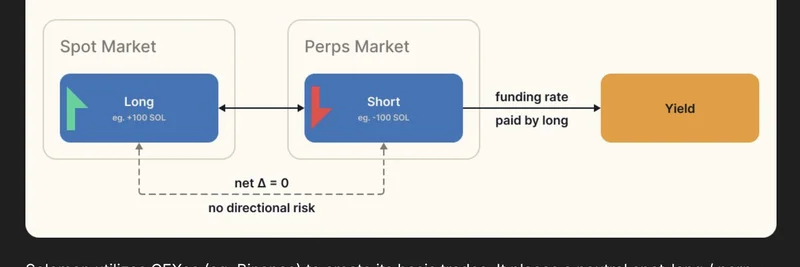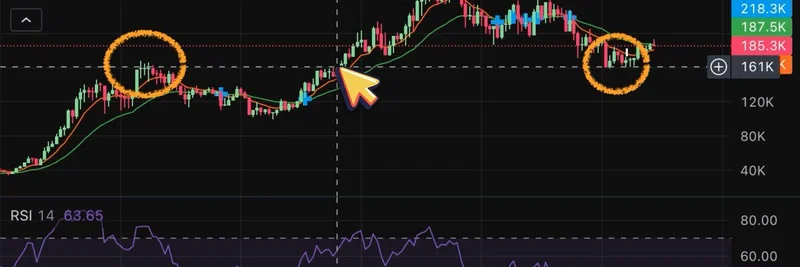Ever wondered if your stablecoin is secretly moonlighting as a hedge fund? That's the vibe from the latest buzz around Solomon Labs' USDv and its staked version, sUSDv. A recent thread from crypto analyst @jussy_world on X breaks it down, highlighting an upcoming ICO on MetaDao. Let's unpack this in simple terms and see why it might be riskier than your average pegged asset.
What is Solomon Labs' USDv All About?
At first glance, USDv looks like just another stablecoin pegged to the US dollar. But dig deeper, and it's more like a yield-chasing machine. Users deposit funds into sUSDv, the staked variant, which currently boasts a hefty 21% APY and $1.4 million in total value locked (TVL). The magic? Market-neutral strategies that involve going long on spot markets and short on perpetual futures (perps).
Think of it as a basis trade: You buy the asset on the spot market (like holding actual BTC or SOL) while shorting it in perps to hedge against price swings. This setup captures funding rates – periodic payments from longs to shorts (or vice versa) in perp markets. When longs dominate, shorts get paid, turning it into yield.
As shown in the diagram from the thread, Solomon uses centralized exchanges (CEXes) like Binance to execute these trades across major tokens such as BTC, SOL, and ETH. The net delta is zero, meaning no directional risk from price movements. Yields get auto-compounded and distributed to sUSDv stakers and permissioned USDv holders via something called YaaS (Yield as a Service?).
But here's the catch: This isn't your grandma's USDC, backed by cold, hard cash reserves. USDv's stability and yields rely on active trading performance, not collateral. It's centrally managed, which screams "hedge fund" more than "stablecoin."
The Risks Lurking Beneath the Yield
High yields sound great, but @jussy_world warns it's not all sunshine. If funding rates flip negative – say, more shorts pile in than longs – your returns could tank or even go negative. Relying on CEXes adds another layer: What if Binance freezes assets or there's a hack? Boom, your "stable" coin isn't so stable.
Compare this to traditional stables:
- USDC: Backed by cash and equivalents, audited regularly.
- USDv: Backed by hedge fund-style strategies, vulnerable to market conditions.
The thread points out recent carnage – four stablecoins down 70% in a week. And look at Solstice, another yield-focused project: Its APY plummeted to 2.9%. With Solomon, you're betting on consistent positive funding rates and smooth CEX operations.
Plus, the ICO angle? It might be more about airdrop hype than sustainable yield. As one reply notes, sale details will be key, but adoption drives real value.
Why This Matters for Meme Token Enthusiasts
You might be thinking, "This is DeFi, not memes." Fair point, but in the wild world of blockchain, stablecoins like USDv could underpin meme token ecosystems. High-yield stables attract liquidity, fueling pumps and dumps. If you're farming memes on Solana or elsewhere, understanding these tools helps you spot opportunities – and pitfalls.
For more on the thread, check it out here.
In crypto, high rewards often mean high risks. Stick to what you know, DYOR, and maybe keep most of your stack in battle-tested stables like USDC. What's your take on yield-generating stables? Drop a comment below!




